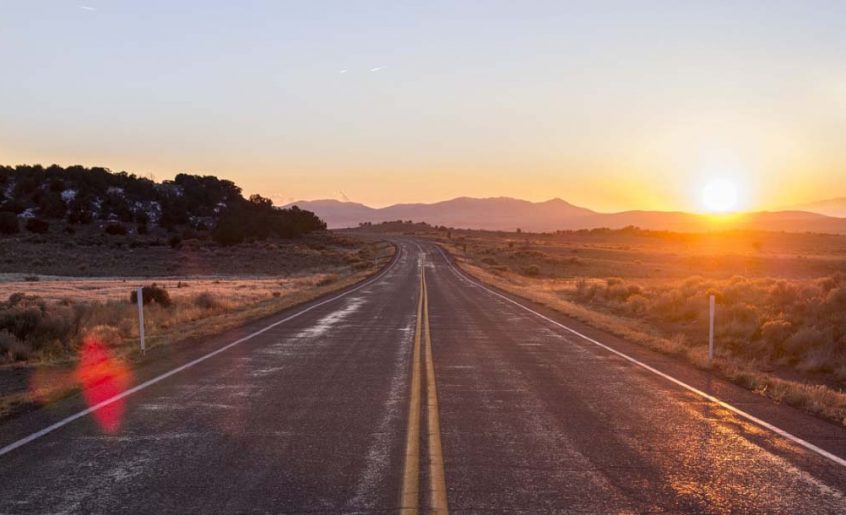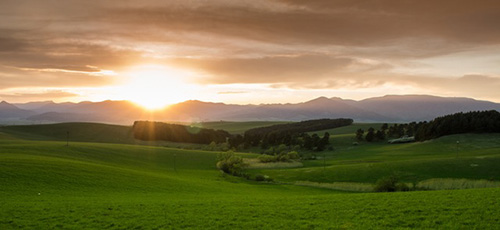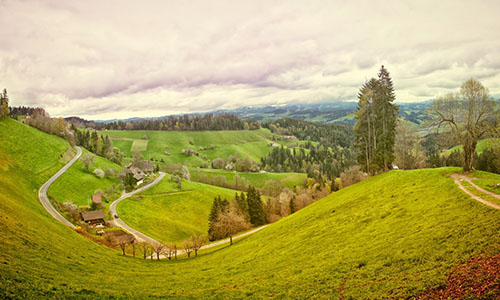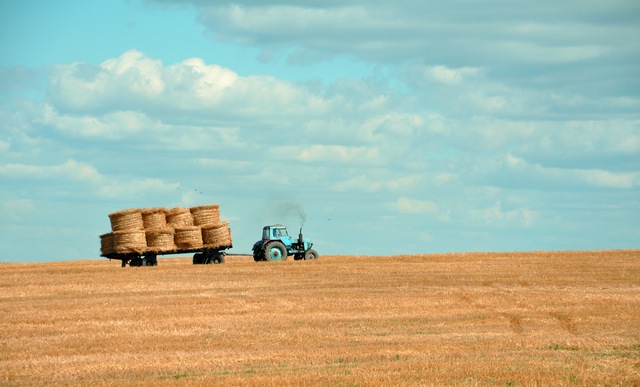Beautiful Landforms

There are two main meanings for the word landscape: it can refer to the visible features of an area of land, or to an example of the genre of painting that depicts such an area of land. Landscape, in both senses, includes the physical elements of landforms such as mountains, hills, amazing water bodies such as rivers, lakes, ponds and the sea, living elements of land cover including indigenous vegetation, human elements including different forms of land use, buildings and structures, and transitory elements such as lighting and weather conditions.
The earth has a vast range of landscapes, including the icy landscapes of polar regions, mountainous landscapes, vast arid desert landscapes, islands and coastal landscapes, densely forested or wooded landscapes including past boreal forests and tropical rainforests, and agricultural landscapes of temperate and buy tropical regions.
Landscape may be further considered under the following categories: landscape art, cultural landscape, landscape ecology, landscape planning, landscape assessment and landscape design. The activity that modifies the visible features of an area of land is named landscaping.
There are several definitions of what constitutes a landscape, depending on context. In common usage however, a landscape refers either to all the visible features of an area of land (usually rural), often considered in terms of aesthetic appeal, or to a pictorial representation of an area of countryside, specifically within the genre of landscape painting. When people deliberately improve the aesthetic appearance of a piece of land—by changing contours and vegetation, etc.—it is said to have been landscaped, though the result may not constitute a landscape according to some definitions.
The word landscape (landscipe or landscaef) arrived in England—and therefore into the English language—after the fifth century, following the arrival of the Anglo-Saxons; these terms referred to a system of human-made spaces on the land. The term “landscape” emerged around the turn of the sixteenth century to denote a painting whose primary subject matter was natural scenery.
Combining both their physical origins and the cultural overlay of human presence, often created over millennia, landscapes reflect a living synthesis of people and place that is vital to local and national identity. The character of a landscape helps define the self-image of the people who inhabit it and a sense of place that differentiates one region from other regions. It is the dynamic backdrop to people’s lives. Landscape can be as varied as farmland, a landscape park, or wilderness.


